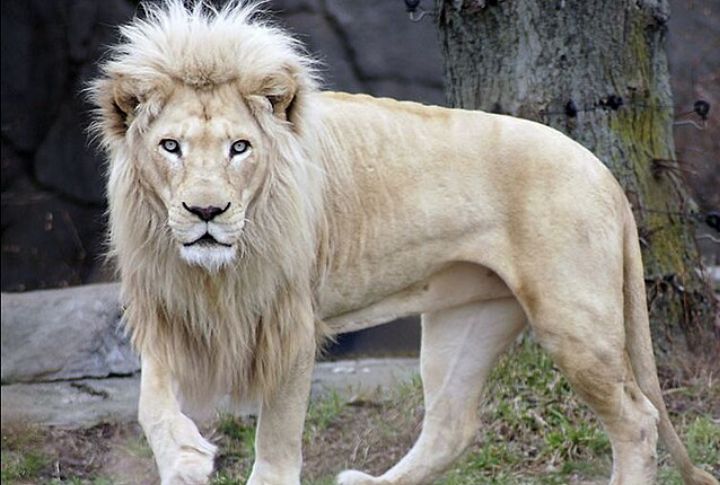
Nature has a flair for the dramatic, especially when it comes to wild cats. While we’re used to seeing tawny lions and striped tigers, some wild felines break the mold with jaw-dropping hues. These infrequent color variations defy expectations and sometimes even science.
White Tiger
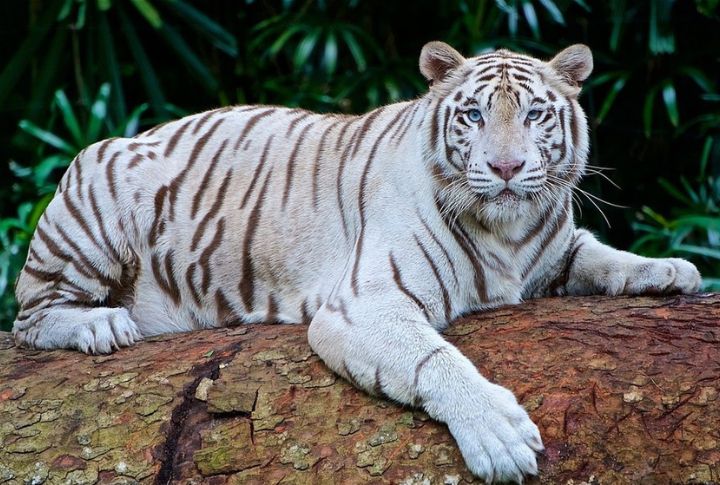
Not all tigers wear orange. White tigers, born with a double recessive gene, swap fiery coats for frosty white fur and piercing blue eyes. First cataloged in the 16th century in India, this distinctive predator looks like it wandered out of a snowstorm, bringing a quiet, regal menace.
Black Jaguar

In the jungle’s depths, black jaguars move like shadows. Though seemingly solid black, their hidden rosettes emerge under light. A unique melanistic mutation that blends with the canopy’s shade, earning them a reputation as the Amazon’s stealthy and effective apex predator.
Golden Tiger

Extremely rare, even in captivity, golden tigers exhibit a distinctive genetic variation that results in a markedly different appearance from their usual Bengal counterparts. Born with a remarkable recessive gene, they trade their usual bold stripes for prominent orange or golden patterns over their fur.
Melanistic Serval
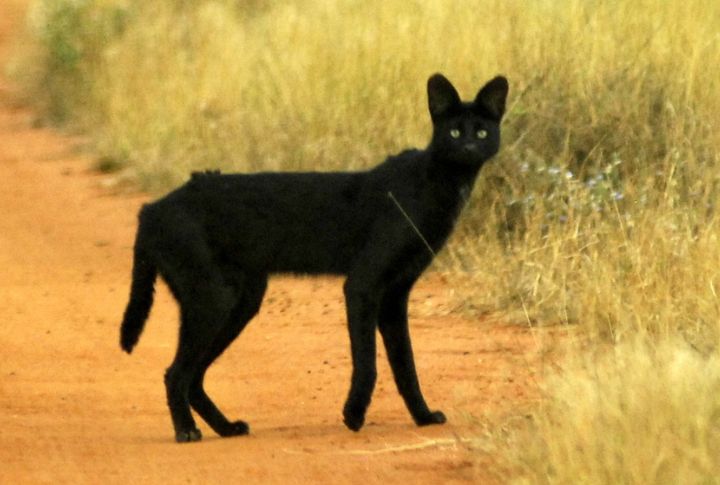
Step into the African night, and you might observe a silhouette with spots—the melanistic serval. Unlike standard servals with golden coats, these dark-coated cats appear almost black. Their spots remain subtly visible under the right light, a show of nature’s take on hidden elegance.
Black Leopard
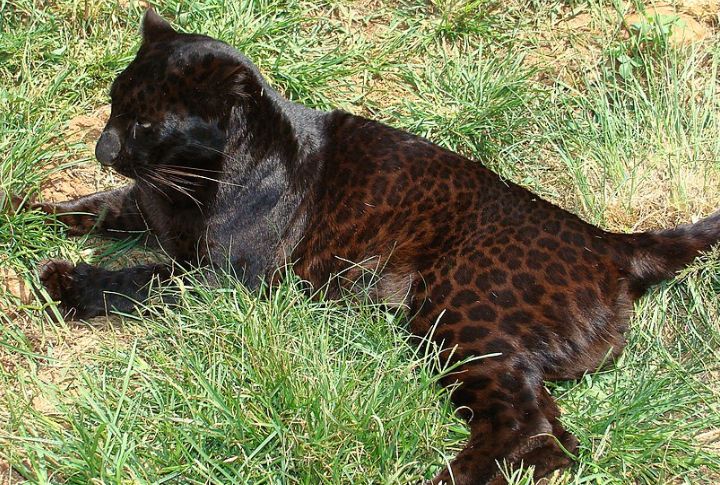
Black leopards, commonly known as black panthers, exhibit melanism, a genetic trait that darkens their fur while retaining faint rosette patterns. This adaptation gives them camouflage in dense forests, makes them more efficient hunters, and demonstrates the genetic variation within the leopard species.
White Lion

Lions are meant to be golden. Not always. White lions in South Africa’s Timbavati region carry a genetic quirk that strips away most of their pigment, leaving them gleaming like ivory statues. They are sacred in African folklore and maintain the same strength and hunting abilities as traditional lions.
Snow Leopard
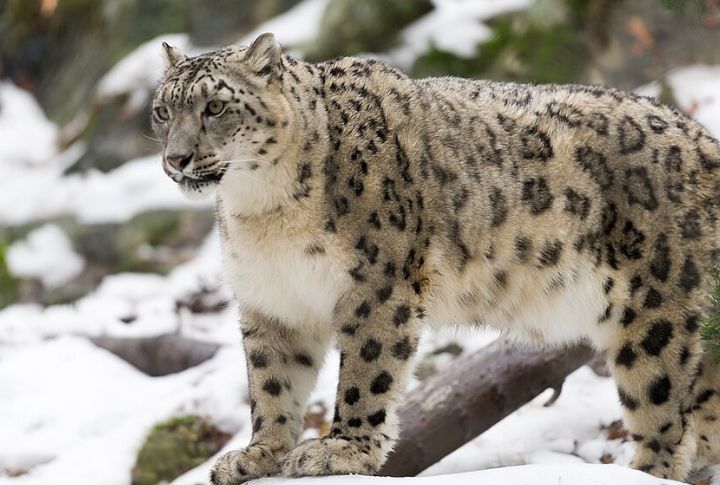
Built for the mountains, snow leopards naturally stand apart with their smoky gray fur and cloud-like rosettes. But some go further—individuals with leucism appear paler, almost entirely white. This extraordinary biological trait enhances the cat’s ability to remain undetected in their rugged, high-altitude habitats.
Strawberry Leopard

Strawberry leopards, an unusual sight in South Africa, owe their rosy hue to a hereditary condition called erythrism. This alters pigmentation, which gives them a rare pinkish coat instead of the typical golden one. Their distinct coloration makes them one of nature’s most fascinating feline variations.
King Cheetah
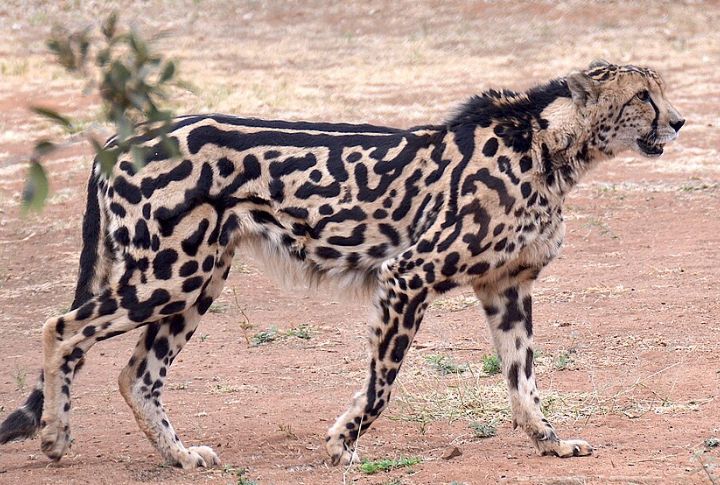
When a cheetah changes its spots, it becomes royalty. The king cheetah, first documented in 1927, sports feisty patterns that streak instead of the usual dots. This unusual genetic change alters fur patterning, making it one of the most visually distinctive and genetically intriguing variations among wild cheetahs.
Jaguarundis
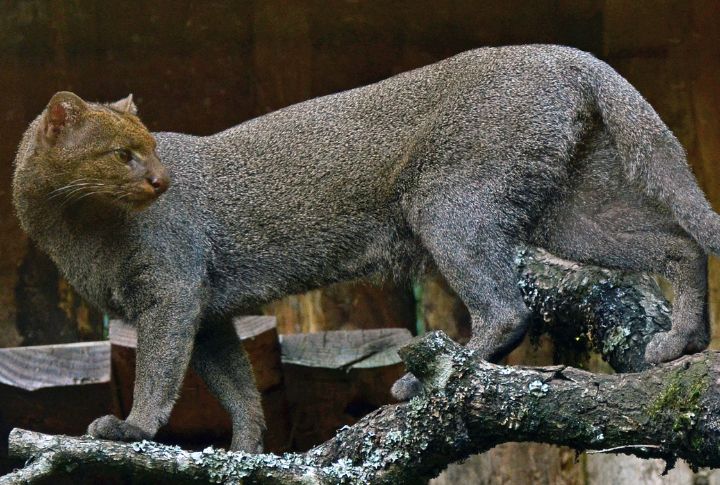
Jaguarundis stand out among wild cats with their sleek, slender builds and two vivid hues: grayish-black or reddish-brown. Once misclassified as separate species, these color morphs reflect nature’s knack for adaptation, letting them blend into forests and grasslands—a striking proof that survival hinges on versatility.

